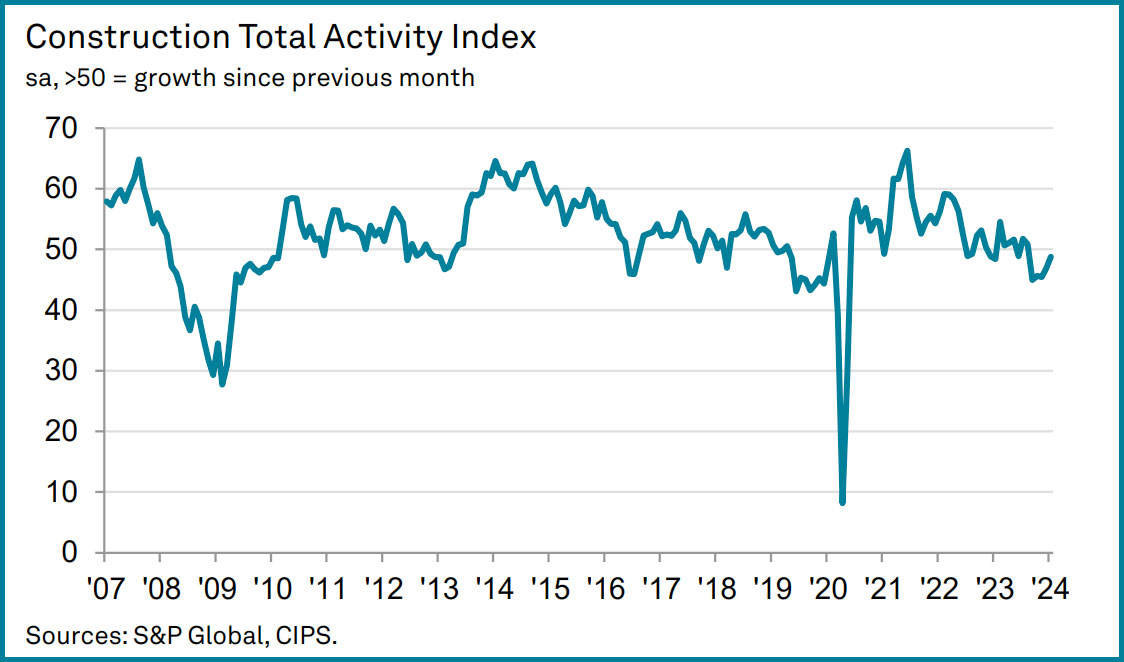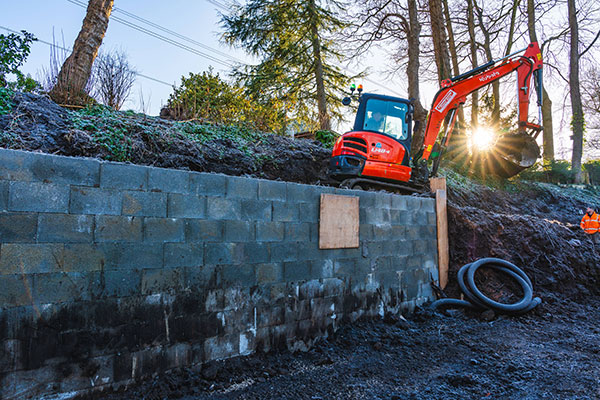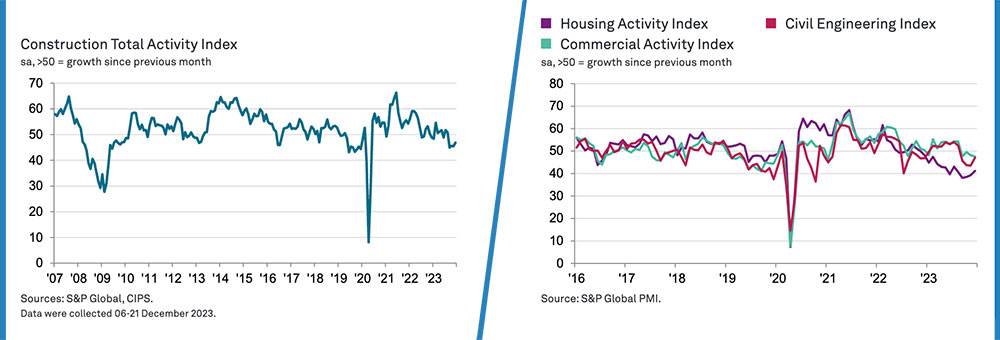Hopes of lower interest rates fuels optimism in the construction sector
UK construction companies have said they’re increasingly hopeful that the downturn which has hit the sector over the past year or so is coming to an end.
According to S&P’s construction purchasing managers’ index (PMI), optimism among construction companies reached its highest level in two years.
The sector has been hit hard by rising interest rates, which have sent a chill through the housing market and depressed new construction projects. However, it is all but certain that interest rates have reached a peak with policymakers at the Bank of England suggesting rate cuts are a “when” rather than an “if”.
This has sparked confidence that the sector could rebound in 2024. Just over half of surveyed firms forecast a rise in business activity in the year ahead compared to just 12 per cent predicting a decline.
“Lower borrowing costs and higher consumer confidence were cited as factors likely to boost construction activity over the course of 2024.,” the report noted.
“UK construction companies seem increasingly optimistic that the worst could be behind them soon as recession risks fade and interest rate cuts appear close on the horizon,” Tim Moore, Economics Director at S&P Global Market Intelligence said.
“There were again signs that customer demand is close to turning a corner as total new orders fell to the smallest extent for six months,” Moore continued.

The improvement in confidence came despite another slight downturn in output in January and a marginal fall in new work.
Although this put house-building deep in negative territory, it was still the lowest rate of contraction since March 2023. Civil engineering and commercial property both recorded slight falls in January but edged closer to the 50 no-change mark.
Higher confidence among construction firms did not translate into hiring activity, with employment numbers falling fractionally in January.
The survey also showed that firms were dealing with the highest rate of input cost inflation since May 2023. “Some firms commented on higher prices paid for imported items, especially those that had incurred additional shipping costs,” the report noted.
Source: City A.M.







